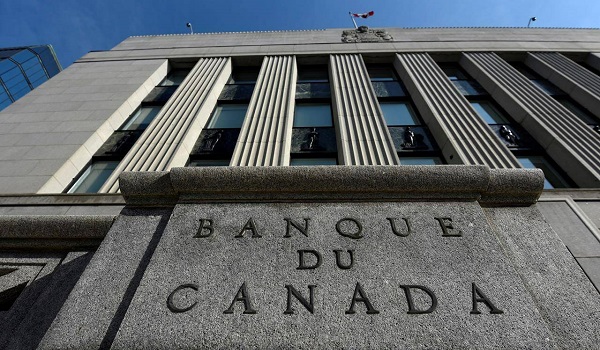Staffing crisis: Public health system spent at least $1.5-billion on private nurses last year, study finds
Canadian hospitals and nursing homes paid at least $1.5-billion in the past fiscal year – a six-fold increase since 2020 – to for-profit staffing agencies, according to a new report that lays bare the scale of a staffing crisis inside the public-health care system.
Since the pandemic hit, health facilities in many parts of the country have come to rely on companies that charge premium prices to supply temporary nurses when facilities can’t find enough permanent workers.
But it wasn’t clear how entrenched or expensive the practice had become until the new study, released Monday, put a dollar figure on it. Hospitals and nursing homes now spend about the same amount on private nursing companies as Saskatchewan does to pay all its doctors annually, or as the federal government has committed over five years to support the launch of a national pharmacare program.
That dollar figure is “just the tip of the iceberg,” according to Joan Almost, the Queen’s University nursing professor who led the research. She said the true number could be substantially higher.
The new report was commissioned by the Canadian Federation of Nurses Unions (CFNU) in response to concerns raised by its members about what seemed to be a growing reliance on temporary nurses in hospitals and nursing homes.
Dr. Almost’s findings reinforced those impressions. She found that, across Canada, public spending on agency nurses has spiked since 2020-2021, as have the number of hours worked by temporary nurses and the hourly rates that private agencies charge facilities for their services.
The taxpayer dollars that are “coming out of the public system and going into the pockets of private agencies is very concerning,” Dr. Almost said. “Think about what could be done with $1.5-billion. It could be used to provide better care. It could be used to actually retain nurses.”
Using available data, Dr. Almost estimated that public-health facilities across the country would spend $1.5-billion on private agency nurses in 2023-2024, up from $247.9-million in 2020-2021. (The 2023-2024 figure is a projection because many sources had not provided data for the fourth quarter at the time Dr. Almost was conducting her research.)
CFNU President Linda Silas said her organization is calling on governments to develop a plan to phase out staffing agencies. But she also said hospitals and nursing homes would have to reduce their reliance on these companies over time because going cold turkey could lead to emergency-room closings and cancelled surgeries.
Private nursing agencies have operated on a small scale in the Canadian health system for decades. They used to supply travel nurses primarily to remote communities that struggle to attract permanent health workers. Agencies also provided nurses for last-minute shifts in some urban centres.
But after COVID-19 spurred an exodus of staff nurses, desperate managers at hospitals, nursing homes and other facilities began using agency nurses more often. The agencies, in turn, raised the hourly rates they charged facilities, and recruited nurses away from the public system, exacerbating the staff shortages.
The report also found that the number of agency hours used increased rapidly since the height of the pandemic, with temporary nurses working the equivalent of 3,724 full-time nursing positions in 2023-2024. It said the average amount facilities paid agencies per hour rose 34 per cent to just more than $133 per hour in 2023-2024, up from about $100 in 2020-2021.
There are at least 472 agencies operating in Canada, according to the report, entitled “Opening the Black Box: Unpacking the Use of Nursing Agencies in Canada.”
Dr. Almost said that title was selected because of how little public information about nursing agencies is available beyond media reports such as an investigation that The Globe and Mail conducted into the industry earlier this year. She used Access to Information Act requests, data from the Canadian Institute of Health Information, and surveys of nursing executives, managers and nurses themselves, among other sources, to assemble the report.
Nurses who took part in surveys and interviews said for-profit agencies paid higher hourly wages, offered more flexible schedules and gave them the opportunity to travel to different corners of Canada. Nurses said they left the public system because of lower pay, forced overtime and rigid schedules.
University of Ottawa professor Ivy Bourgeault, director of the Canadian Health Workforce Network, a group of industry researchers and decision-makers, said increasing reliance on health care staffing agencies is a “symptom of a lack of policies to support and retain the workforce.”

She said there is a growing consensus among political and health-sector leaders that Canada is facing a health human-resources crisis that can’t be solved with quick fixes. “Agency nursing is a duct-tape solution when what is required is a longer-term strategy,” Dr. Bourgeault said.
In the meantime, Ms. Silas of the CFNU urged governments to regulate the private health care staff industry, starting by requiring them to register or obtain a licence. Right now, she said, starting a staffing agency “is easy money. All you need is a laptop to be able to promote yourself to employers.”
This article was first reported by The Globe and Mail












